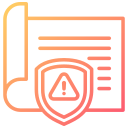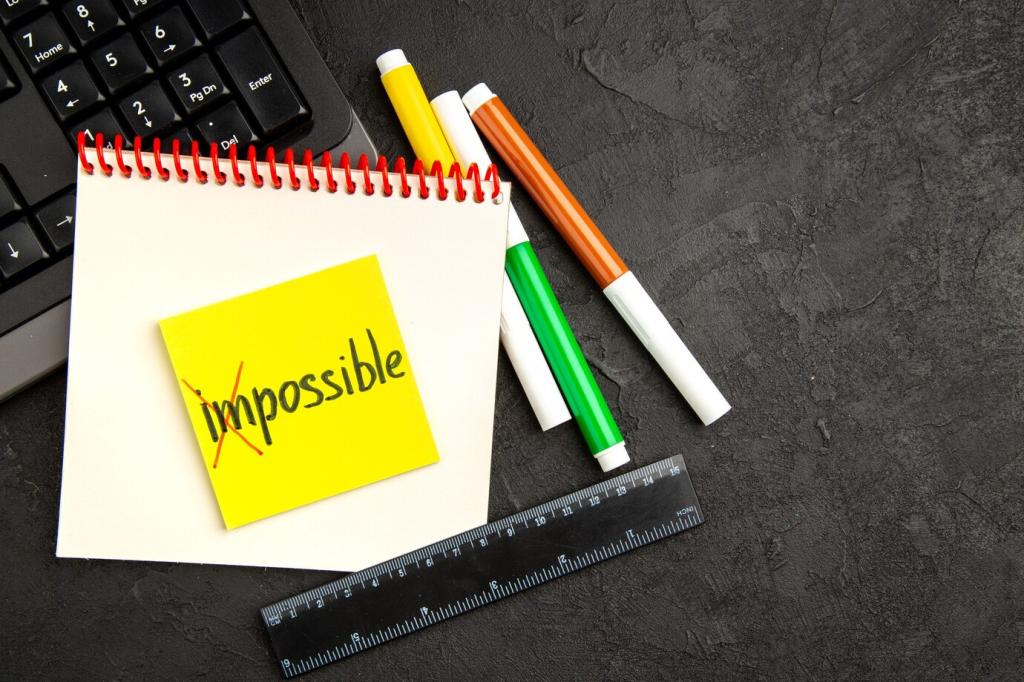Sharing Multi‑Use Trails Respectfully
Slow early, make eye contact, and yield. Offer a friendly hello and pass wide when possible. Keep earbuds low or use one ear only so you hear others. Positive interactions today earn goodwill for all riders tomorrow. Tell us your best trail kindness moment.
Sharing Multi‑Use Trails Respectfully
Horses can spook silently. Stop, step off the trail on the downhill side if safe, speak calmly, and ask how to proceed. Never approach from behind without a verbal cue. Your patience can prevent injuries for everyone. Share any equestrian etiquette you have learned.









